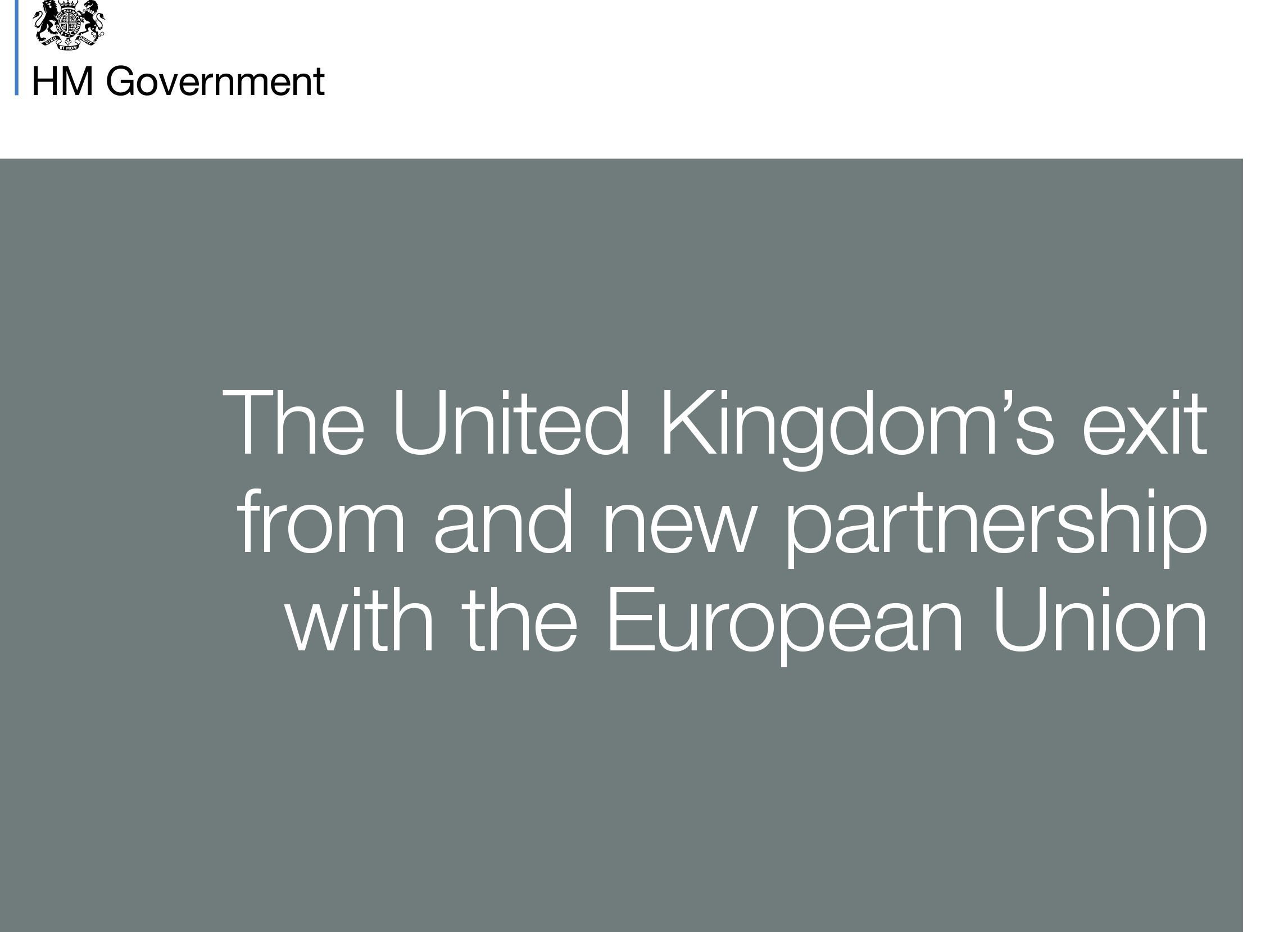
TODAY the 77-page Brexit White Paper has been officially published.
Here are the key points from the Government’s white paper setting out its strategy for leaving the European Union:
Trade
The UK will leave the single market but seek a free trade agreement to ensure the “most frictionless trade possible” in goods and services with the EU.
It will try to strike a new customs agreement, which could involve leaving the tariff-free customs union completely or remaining a partial signatory to some aspects.
Because Britain already has zero tariffs on goods and common regulations with the EU, a new trade deal could “take in elements” of current single market arrangements.
UK taxpayers will no longer pay “vast” contributions into the Brussels budget but there may be certain EU programmes where the country has an interest in making an “appropriate” payment to take part.
The Government will attempt to strike trade deals with countries around the world.
Immigration
Britain will regain full control of the number of people coming to the country from the EU and free movement of people will no longer apply.
The new immigration system will be designed to help fill skills shortages and welcome “genuine” students.
But any new approach could be “phased in” to give businesses and individuals time to plan and prepare for the new arrangements.
Businesses and communities will be consulted throughout and Parliament will have an “important role” in shaping a new system, which is likely to be brought forward in its own legislation.
The rights of EU nationals living in the UK
Ministers will seek to secure the rights of around 2.8 million EU nationals who live in the UK as soon as possible in negotiations.
But they will only do so when similar rights are guaranteed for the one million British immigrants in continental Europe.
The Government said it wanted to resolve the issue before formal negotiations but not all EU member states supported its approach.
Sovereignty
Britain will leave the jurisdiction of the European Court of Justice (ECJ) but seek to set up separate resolution mechanisms for things like trade disputes.
Ministers say arbitration systems are common in trade deals the EU strikes with other countries, such as with Canada or South Korea.
Avoiding a cliff-edge Brexit
The Government is likely to phase in new rules after leaving the EU to give businesses and the public sector time to plan and prepare.
Ministers will seek to agree a deal on the new relationship within the two-year formal exit process under Article 50 and then have a “phased process of implementation” before being completely free of Brussels regulations.
Security and defence
Britain will continue to collaborate with the EU to fight crime and terror, with a focus on operational and practical cross-border co-operation, while continuing to back European interests around the world, including potential support for sanctions.
The Irish border
The UK will seek to maintain the soft border between Northern Ireland and the Republic of Ireland by protecting the Common Travel Area, which was set up in 1923, long before the EU.
The Government wants to see as “seamless and frictionless” trade and movement of people between Northern Ireland and Ireland as possible.
Workers’ rights
The Government will protect workers’ rights enshrined in EU law and attempt to enhance them as it takes back powers from Brussels.
Scotland, Wales and Northern Ireland
The UK Government will seek to strengthen the Union by devolving powers previously covered by EU laws in areas where the home nations already have some competence, such as agriculture, the environment and transport.
Providing clarity
Ministers will provide certainty wherever it can to reassure business, the public sector and the public during the negotiation talks.
The final deal will be put to a vote in both Houses of Parliament.
Science and innovation
Britain will seek an agreement to continue to collaborate with European countries on science, research and technology initiatives.
Air travel
The Government will attempt to get a deal so Britons can continue to enjoy affordable flights, as they do in the EU’s internal aviation market.
Financial services
The Government says it will seek the “freest possible” trade in financial services between the UK and EU, pointing out that provisions exist for countries outside the bloc to do business across the EU, in a similar way to how “passporting” arrangements work for the City currently.
Agriculture
Leaving the Common Agricultural Policy, which at £58 billion in 2014 took up nearly 40% of the EU’s budget, will give the UK “a significant opportunity to design new, better and more efficient policies for delivering sustainable and productive farming, land management and rural communities”.

Enjoy the convenience of having The Sunday Post delivered as a digital ePaper straight to your smartphone, tablet or computer.
Subscribe for only £5.49 a month and enjoy all the benefits of the printed paper as a digital replica.
Subscribe